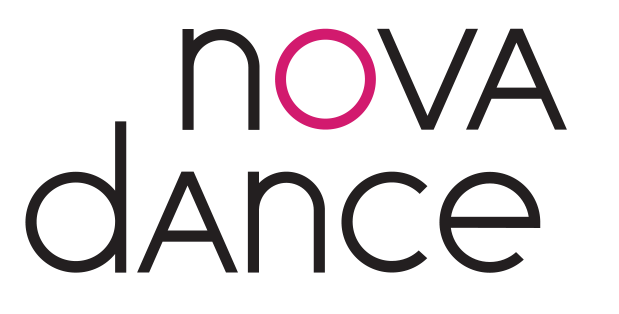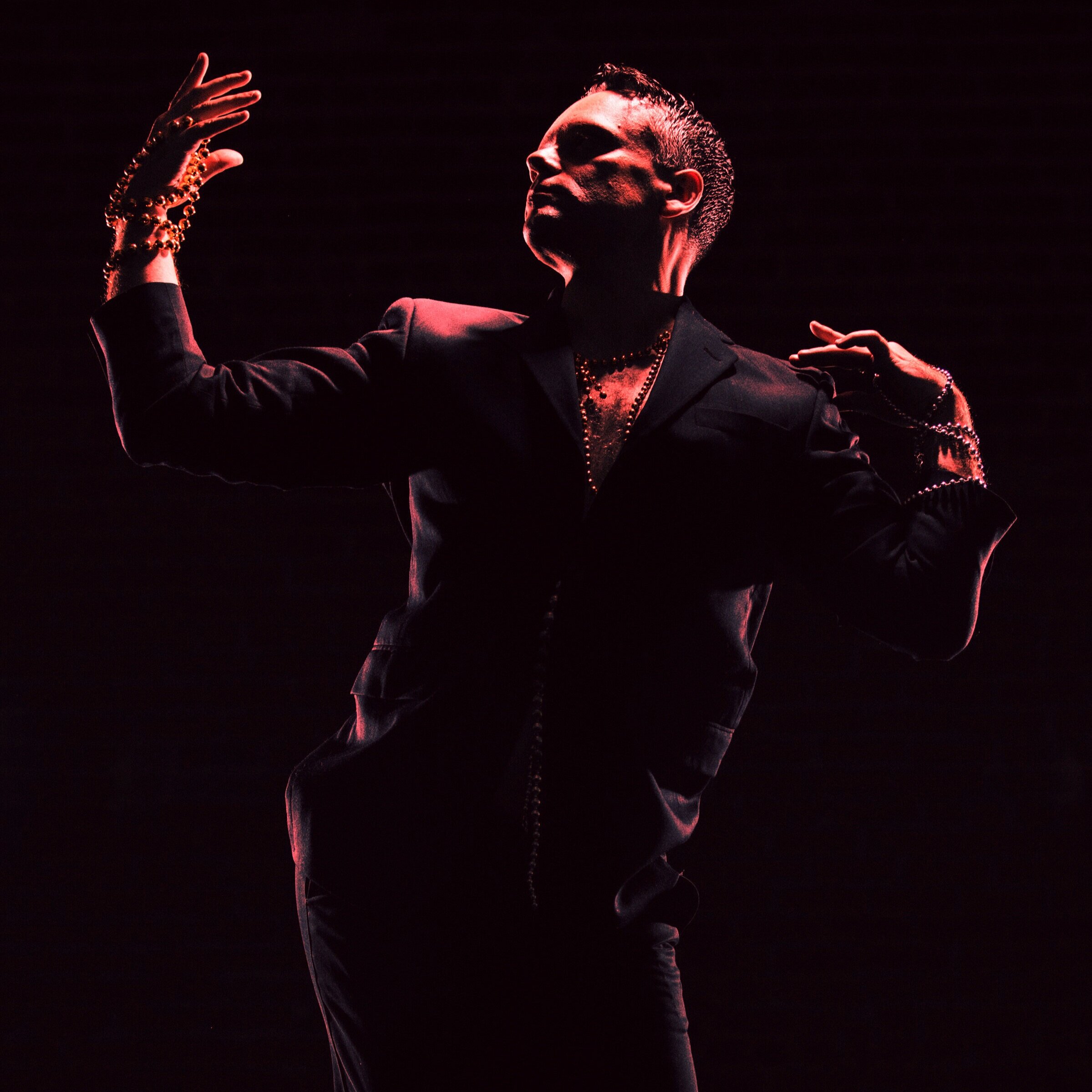Louis Laberge-Côté (he/him)
Louis Laberge-Côté is Assistant Professor at Ryerson University, School of Performance, since July 2018. He is an active Toronto-based dancer, choreographer, teacher, and rehearsal director. An acclaimed performer, he has danced nationally and internationally with over thirty companies and has been a full-time member of Toronto Dance Theatre (1999-2007) and the Kevin O’Day Ballett Nationaltheater Mannheim (2009-2011). He has created over eighty choreographic works, which have been presented and commissioned in Canada and abroad. His work has garnered him a Dora Mavor Moore Award for Outstanding Choreography and ten other individual and ensemble nominations for Performance or Choreography. He is a triple KM Hunter Award nominee and has received several grants from all three levels of government, the Chalmers Foundation, the Metcalf Foundation, the Laidlaw Foundation, and the Dancer Transition Resource Centre. He acted as Chair of the Canadian Alliance of Dance Artists - Ontario Chapter (2005-2007), Vice-President of the Canadian Dance Assembly (2013-2017), and Chair of the Dance Committee at the Toronto Arts Council (2013-2018). He currently sits on the Board of Healthy Dancer Canada. He holds an MFA in Creative Practice from the University of Plymouth (UK). His research is centred on dance education, somatic training, performance, and the creative process. His writings have been published by the Journal of Dance and Somatic Practices, Choreographic Practices, The Dance Current, and the Conseil International de la Danse Virtual Library. Laberge-Côté continues to be a sought-after interpreter and investigator of new dance creations.
Projects with Nova Dance: Akshongay, Infinite Storm, Svāhā, Creation Labs
What do you love about dance? I love that dance is the poetic language of the body in motion. I love that this language is made of who we are, made of the body itself — breathing flesh, fluid bones, pounding heartbeats. I love that by transcending cerebral understanding, dance has the power to transform who we are, reshape our perceptions, and bring us all closer together.
How have you stayed connected to dance during the pandemic? Throughout the pandemic, I spent a considerable amount of time on my dance practice — moving, stretching, breathing and meditating while contemplating various choreographic and pedagogical ideas. I have also been involved in multiple online creative processes and regularly watched the works of other dance artists. Finally, I have been teaching dance and movement improvisation (both online and in-person) and have mentored many students on various dance-related projects.

